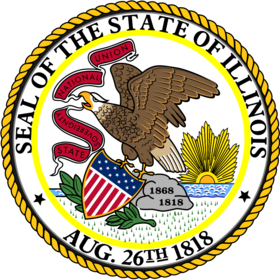Grade 3 - PARCC Examples of Opportunities & Connections
PARCC Examples of Opportunities & Connections
Connections among Standards, Clusters or Domains
Students’ work with partitioning shapes (3.G.2) relates to visual fraction models (3.NF).
Scaled picture graphs and scaled bar graphs (3.MD.3) can be a visually appealing context for solving multiplication and division problems.
Opportunities for In-Depth Focus
3.OA.3 Word problems involving equal groups, arrays and measurement quantities can be used to build students’ understanding of and skill with multiplication and division, as well as to allow students to demonstrate their understanding of and skill with these operations.
3.OA.7 Finding single-digit products and related quotients is a required fluency for grade 3. Reaching fluency will take much of the year for many students. These skills and the understandings that support them are crucial; students will rely on them for years to come as they learn to multiply and divide with multidigit whole numbers and to add, subtract, multiply and divide with fractions. After multiplication and division situations have been established, reasoning about patterns in products (e.g., products involving factors of 5 or 9) can help students remember particular products and quotients. Practice — and if necessary, extra support — should continue all year for those who need it to attain fluency.
3.NF.2 Developing an understanding of fractions as numbers is essential for future work with the number system. It is critical that students at this grade are able to place fractions on a number line diagram and understand them as a related component of their ever expanding number system.
3.MD.2 Continuous measurement quantities such as liquid volume, mass and so on are an important context for fraction arithmetic (cf. 4.NF.4c, 5.NF.7c, 5.NF.3). In grade 3, students begin to get a feel for continuous measurement quantities and solve whole number problems involving such quantities.
3.MD.7 Area is a major concept within measurement, and area models must function as a support for multiplicative reasoning in grade 3 and beyond.
Connecting Mathematical Content and Mathematical Practices
Students learn and use strategies for finding products and quotients that are based on the properties of operations; for example, to find 4 x 7, they may recognize that 7 = 5 + 2 and compute 4 x 5 + 4 x 2. This is an example of seeing and making use of structure (MP.7). Such reasoning processes amount to brief arguments that students may construct and critique (MP.3).
Students will analyze a number of situation types for multiplication and division, including arrays and measurement contexts. Extending their understanding of multiplication and division to these situations requires that they make sense of problems and persevere in solving them (MP.1), look for and make use of structure (MP.7) as they model these situations with mathematical forms (MP.4), and attend to precision (MP.6) as they distinguish different kinds of situations over time (MP.8).
Examples of Linking Supporting Clusters to the Major Work of the Grade
Represent and interpret data: Students multiply and divide to solve problems using information presented in scaled bar graphs (3.MD.3). Pictographs and scaled bar graphs are a visually appealing context for one- and two-step word problems.
Reason with shapes and their attributes: Work toward meeting 3.G.2 should be positioned in support of area measurement and understanding of fractions.
